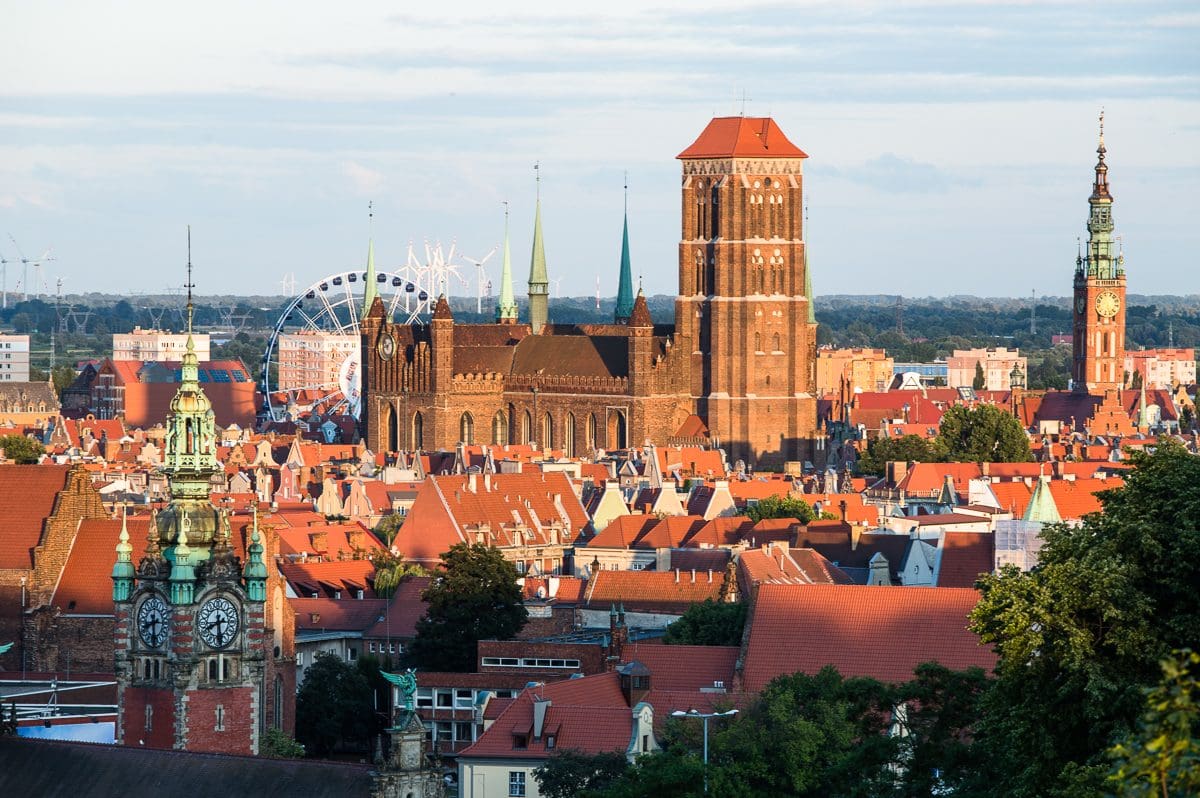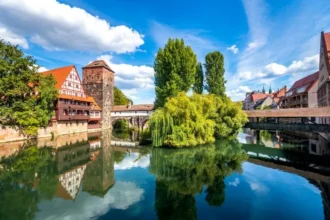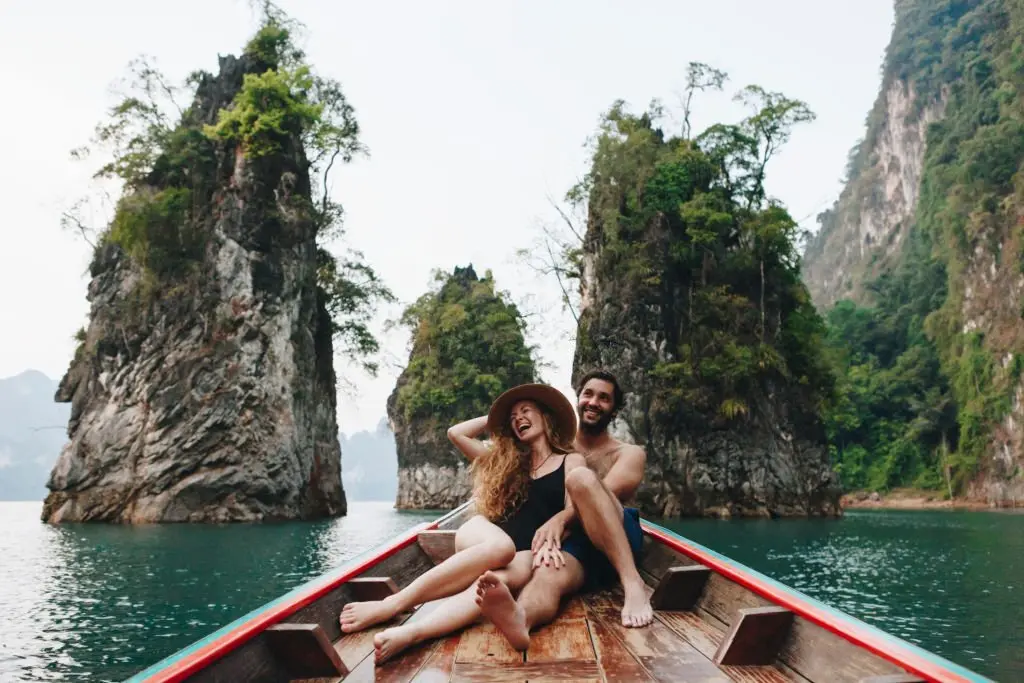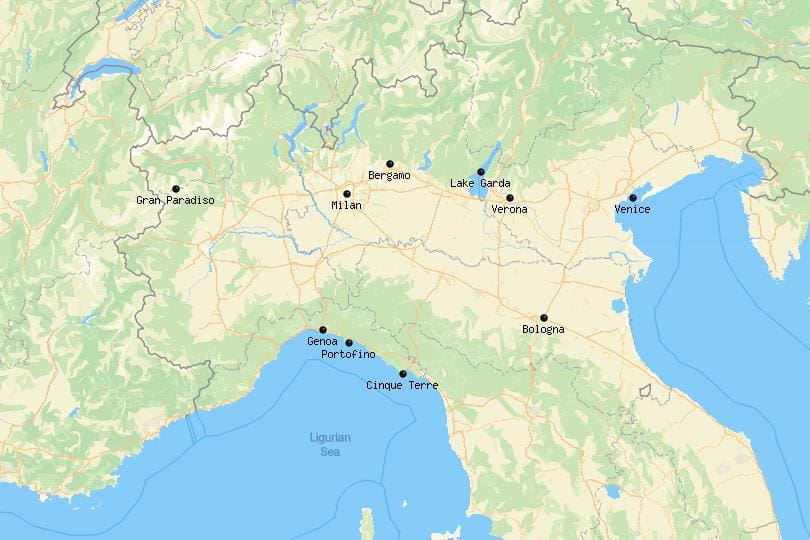Nestled in the lush Western Ghats of Karnataka, Dandeli Wildlife Sanctuary stands as one of India’s most pristine and biodiverse natural reserves. This sanctuary is not just a haven for wildlife enthusiasts but also a paradise for adventure seekers, birdwatchers, and nature lovers alike. Spanning over 834 square kilometers, it offers an unparalleled experience of untouched wilderness, serene landscapes, and rich biodiversity. In this article, we delve deep into what makes Dandeli Wildlife Sanctuary a must-visit destination, exploring its flora, fauna, activities, and much more.
The Rich Biodiversity of Dandeli Wildlife Sanctuary
Flora: A Verdant Tapestry of Green
The sanctuary is home to an incredible variety of plant species that contribute to its vibrant ecosystem. Towering teak trees, bamboo groves, and dense evergreen forests dominate the landscape, creating a perfect habitat for countless species. The region’s tropical climate ensures year-round greenery, making it a visual treat for visitors. Rare medicinal plants like Adhatoda vasica and Gloriosa superba thrive here, offering insights into the region’s ecological importance.
The sanctuary’s vegetation can be broadly categorized into three types: tropical evergreen forests, semi-evergreen forests, and moist deciduous forests. Each type supports different forms of life, contributing to the overall diversity of the area. For instance, the evergreen forests provide shelter to arboreal animals like monkeys and squirrels, while the deciduous forests are ideal for herbivores like deer and elephants.
One cannot overlook the role of aquatic plants along the banks of the Kali River, which sustain fish populations and attract migratory birds. The interdependence of these ecosystems highlights the delicate balance that exists within Dandeli Wildlife Sanctuary.
Fauna: A Haven for Wildlife Enthusiasts
Dandeli is renowned for its diverse wildlife, including some of India’s most iconic species. Visitors can spot majestic animals such as tigers , leopards , and Indian elephants during safaris. The sanctuary also houses smaller yet equally fascinating creatures like barking deer , sloth bears , and wild boars . For reptile enthusiasts, the presence of king cobras, pythons, and monitor lizards adds an element of thrill.
Mammals
Among mammals, the Indian elephant is perhaps the most revered resident of Dandeli. These gentle giants roam freely across the sanctuary, often seen near water sources. Leopards and tigers, though elusive, occasionally make appearances, especially during early morning or late evening safaris. Smaller carnivores like jackals and civets play crucial roles in maintaining the food chain.
Birds
Birdwatchers will find themselves in paradise, as Dandeli boasts over 200 species of birds. From the vibrant Malabar pied hornbill to the elusive great Indian hornbill, the sanctuary is a hotspot for avian diversity. Migratory birds flock here during winters, further enriching the ecosystem. Some notable residents include the Ceylon frogmouth, Asian paradise flycatcher, and racket-tailed drongo.
Reptiles and Amphibians
The sanctuary’s rivers and streams are teeming with amphibians like frogs and toads, while reptiles such as crocodiles and turtles bask lazily on riverbanks. King cobras, known for their venomous bite, coexist peacefully with non-venomous snakes like rat snakes and vine snakes.
Exploring Dandeli: Activities and Adventures
Jungle Safaris: An Up-Close Encounter with Nature
One of the highlights of visiting Dandeli Wildlife Sanctuary is embarking on a jungle safari . These guided tours take you deep into the heart of the forest, where you can witness wildlife in their natural habitat. Early morning safaris are particularly rewarding, as animals are most active during this time. Whether you’re traveling by jeep or on foot, the experience is nothing short of exhilarating.
Safaris typically last between two to four hours and are conducted by experienced guides who share fascinating insights about the sanctuary’s flora and fauna. During these excursions, you might encounter herds of elephants bathing in the river, langurs swinging from tree branches, or even a stealthy leopard stalking its prey.
For those seeking a more immersive experience, night safaris are available, allowing you to observe nocturnal creatures like owls, civets, and porcupines. Nighttime in the jungle is a symphony of sounds—crickets chirping, frogs croaking, and distant calls of predators echoing through the darkness.
White-Water Rafting: Thrills Amidst Scenic Beauty
For adrenaline junkies, white-water rafting on the Kali River is a must-try activity. The river’s rapids provide an exciting challenge while offering breathtaking views of the surrounding hills and forests. Professional guides ensure safety, making it suitable even for beginners.
Rafting sessions usually begin at Kulgi Nature Camp, where participants receive basic training before setting off on their adventure. As you navigate through Grade II and III rapids, you’ll pass by rocky outcrops, cascading waterfalls, and verdant valleys. It’s an unforgettable way to connect with nature while getting your heart racing.
Trekking Trails: Discovering Hidden Gems
Dandeli offers numerous trekking trails that cater to all levels of fitness and expertise. Popular routes include Syntheri Rocks, a massive granite formation surrounded by lush greenery, and the picturesque Kulgi Nature Camp. Trekking allows you to immerse yourself in the sanctuary’s beauty while discovering hidden waterfalls, caves, and ancient ruins along the way.
Syntheri Rocks
This towering monolith is a favorite among trekkers due to its challenging terrain and stunning panoramic views. The climb requires moderate fitness levels but rewards hikers with breathtaking vistas of the surrounding forests and valleys. On clear days, you can see the winding Kali River snaking through the landscape below.
Kulgi Nature Camp
Located near the confluence of the Kali and Tattihalla Rivers, Kulgi Nature Camp serves as both a starting point for treks and a tranquil retreat. The campsite features well-marked trails leading to nearby attractions like Supa Dam and Sathodi Falls. Birdwatching opportunities abound here, with frequent sightings of hornbills and eagles.
Coracle Rides: A Serene Experience
If you prefer a more relaxed pace, consider taking a coracle ride on the Kali River. These traditional circular boats provide a unique perspective of the sanctuary, allowing you to observe aquatic life and enjoy the tranquility of the surroundings.
Coracles are made from locally sourced materials like bamboo and cane, reflecting the ingenuity of indigenous craftsmanship. As you drift along the calm waters, keep an eye out for otters playing near the shore or kingfishers diving for fish. Sunset rides are particularly magical, with the sky painted in hues of orange and pink.
Birdwatching in Dandeli: A Paradise for Avian Enthusiasts
Dandeli Wildlife Sanctuary is often referred to as a birdwatcher’s dream destination. Its diverse habitats—from dense forests to open grasslands—support a wide range of avian species. Some of the standout birds you might encounter include:
- Malabar Pied Hornbill : Known for its striking black-and-white plumage and large casque.
- Great Indian Hornbill : A critically endangered species that plays a vital role in seed dispersal.
- Ceylon Frogmouth : A nocturnal bird with remarkable camouflage abilities.
- Asian Paradise Flycatcher : Famous for its long tail feathers and vibrant colors.
Early mornings and late afternoons are the best times for birdwatching, as birds are most active during these periods. Guided tours led by experienced ornithologists enhance the experience, providing valuable insights into each species’ behavior and habitat.
Tips for Birdwatchers
- Bring high-quality binoculars and a camera with a zoom lens.
- Wear neutral-colored clothing to blend into the environment.
- Stay quiet and patient; sudden movements may scare away shy birds.
- Use field guides or apps to identify unfamiliar species.
Conservation Efforts: Protecting Dandeli’s Natural Heritage
Preserving the delicate balance of ecosystems within Dandeli Wildlife Sanctuary is paramount. Over the years, concerted efforts have been made to protect its flora and fauna from threats such as deforestation, poaching, and illegal mining.
Anti-Poaching Initiatives
Rangers patrol the sanctuary regularly to deter poachers and safeguard vulnerable species. Advanced surveillance systems, including camera traps and drones, help monitor animal movements and identify potential threats. Community involvement has proven instrumental in reporting suspicious activities and preventing illegal hunting.
Community Involvement
Local communities play a crucial role in conservation efforts. Awareness programs educate residents about sustainable practices, encouraging them to become stewards of their environment. Eco-friendly tourism initiatives generate income for locals while minimizing environmental impact.
For example, homestay programs allow tourists to stay with local families, experiencing rural life firsthand while supporting the community economically. Such initiatives foster mutual respect and understanding between visitors and hosts.
Reforestation Projects
Large-scale reforestation projects aim to restore degraded areas and expand the sanctuary’s green cover. Native tree species are planted to ensure compatibility with the existing ecosystem. Volunteers from around the world participate in these efforts, planting saplings and nurturing young trees until they mature.
Best Time to Visit Dandeli Wildlife Sanctuary
Timing your visit correctly can significantly enhance your experience at Dandeli Wildlife Sanctuary. The ideal months to explore the sanctuary are between October and March , when the weather is pleasant and conducive to outdoor activities. During this period, migratory birds arrive, adding to the sanctuary’s allure.
Monsoon season (June to September) transforms the landscape into a verdant wonderland, with waterfalls cascading down rocky cliffs. However, heavy rains may limit access to certain areas and make trekking challenging.
Summer months (April to June) bring warmer temperatures, which can be uncomfortable for extended hikes. Nevertheless, early mornings remain cool and refreshing, making safaris enjoyable.
Accommodation Options Near Dandeli
Whether you’re looking for luxury or budget-friendly stays, Dandeli has something to suit every traveler’s needs. Here are some popular options:
- Kali Adventure Camp : Offers comfortable tents equipped with modern amenities, perfect for families and groups.
- Dandeli Jungle Resort : Known for its eco-friendly cottages and proximity to key attractions.
- Eco Stay Homestays : Provides an authentic rural experience with warm hospitality and home-cooked meals.
- Government Forest Rest Houses : Affordable lodging managed by the forest department, ideal for solo travelers.
Booking accommodations well in advance is advisable, especially during peak tourist seasons.
Travel Tips for Visiting Dandeli Wildlife Sanctuary
- Plan Ahead : Research the best routes and book accommodations early to avoid last-minute hassles.
- Pack Appropriately : Bring lightweight clothing, sturdy shoes, sunscreen, insect repellent, and binoculars for birdwatching.
- Respect Wildlife : Maintain a safe distance from animals and avoid littering to preserve the sanctuary’s pristine condition.
- Stay Hydrated : Carry sufficient water, as hydration stations may not always be available.
- Hire Local Guides : Their expertise enhances your understanding of the sanctuary’s ecology and history.
Other Tourist Attractions Near Dandeli
While Dandeli Wildlife Sanctuary is undoubtedly the main attraction, several nearby destinations deserve attention:
- Supa Dam : A picturesque reservoir offering boating facilities and stunning sunset views.
- Anshi National Park : Adjacent to Dandeli, this park complements your wildlife exploration with additional sightings.
- Magod Falls : A spectacular waterfall plunging from a height of 200 feet, ideal for photography enthusiasts.
- Sathodi Falls : Known for its serene ambiance and natural swimming pools.
Conclusion
Dandeli Wildlife Sanctuary is more than just a tourist destination; it’s a testament to the wonders of nature and the importance of conservation. Its rich biodiversity, thrilling adventures, and tranquil landscapes make it a standout choice for travelers seeking both excitement and relaxation. By supporting sustainable tourism practices, we can ensure that future generations continue to enjoy this magnificent sanctuary.
Frequently Asked Questions (FAQs)
- What is the entry fee for Dandeli Wildlife Sanctuary?
- Entry fees vary depending on nationality and age. Indians typically pay INR 50-100, while foreigners pay around INR 300-500.
- How do I reach Dandeli?
- The nearest airport is Hubli (90 km away), and the closest railway station is Londa Junction (50 km away). Regular buses connect major cities to Dandeli.
- Are safaris available daily?
- Yes, safaris operate daily, but booking in advance is recommended.
- Is Dandeli safe for solo travelers?
- Absolutely! With proper planning and precautions, solo travelers can enjoy a memorable trip.
- Can I camp inside the sanctuary?
- Camping is allowed in designated zones, subject to prior permission from authorities.
- What should I carry for trekking?
- Essentials include trekking shoes, snacks, water bottles, first-aid kits, and rain gear.
- Are there any restrictions on photography?
- Photography is permitted, but using flash near animals is discouraged.
- What is the significance of the Kali River?
- The Kali River supports the sanctuary’s ecosystem and serves as a lifeline for local communities.
- How many days are needed to explore Dandeli fully?
- Ideally, plan for 3-4 days to cover major attractions without rushing.
- Are pets allowed inside the sanctuary?
- No, pets are not permitted to prevent disturbances to wildlife.













